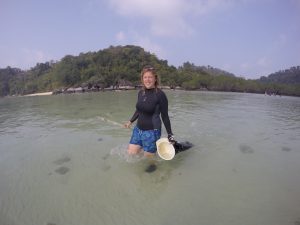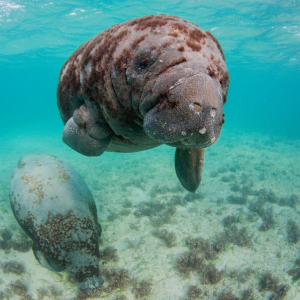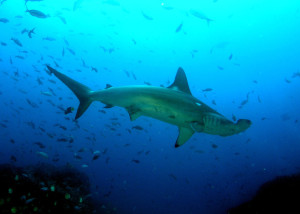Has Global Warming Destroyed the Great Barrier Reef?
Scientists think that greenhouse gases and subsequent global warming are intensifying the devastating effects of this year’s unusually severe and long-lasting El Niño.
The post Has Global Warming Destroyed the Great Barrier Reef? appeared first on Scuba Diver Life.
Has Global Warming Destroyed the Great Barrier Reef? Read More »


 After two years of scientific study and political discussion, the Ecuadorian government has announced the creation of a new marine sanctuary in the Galapagos.
After two years of scientific study and political discussion, the Ecuadorian government has announced the creation of a new marine sanctuary in the Galapagos.